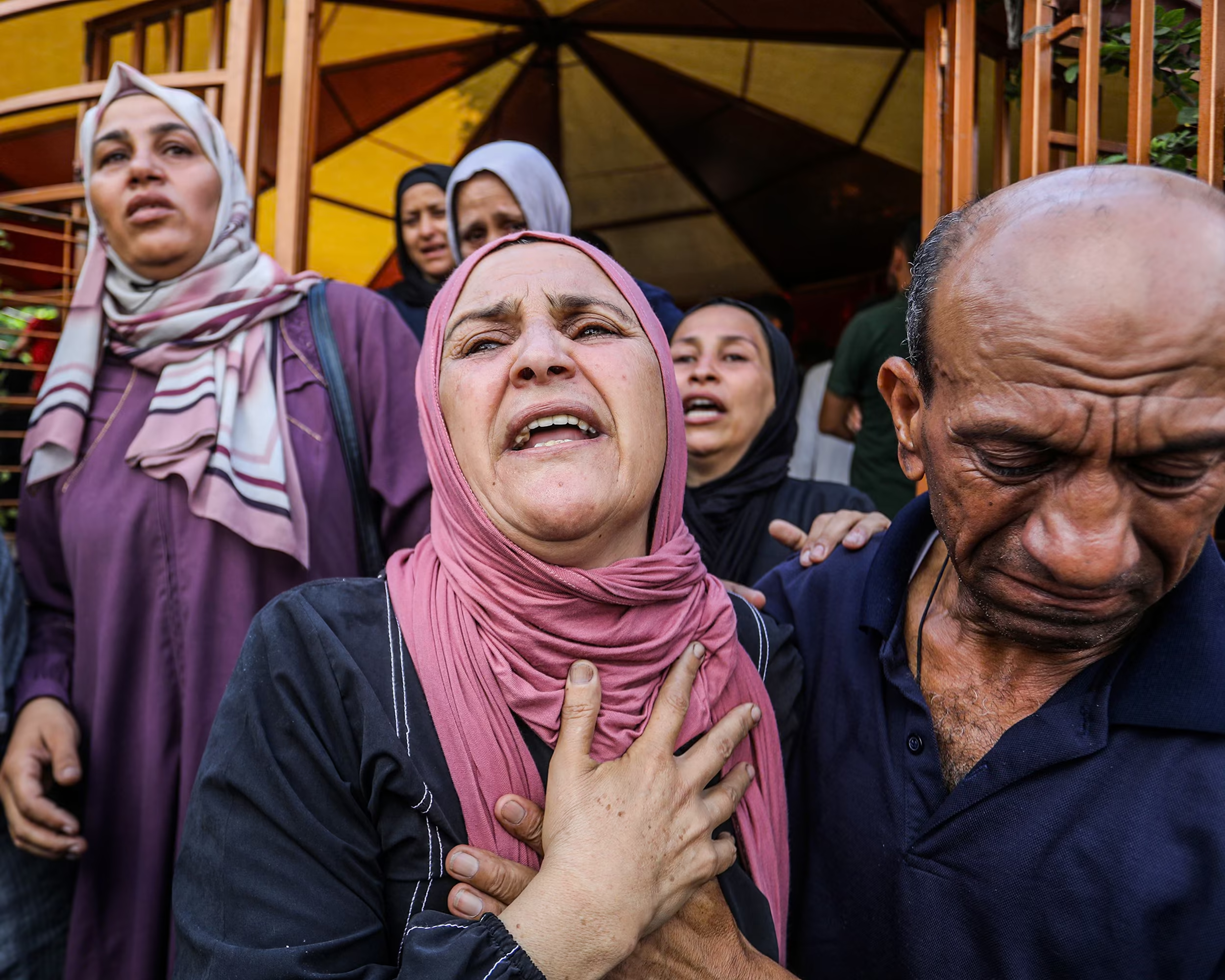The Israeli army announced on Friday that it would end daytime pauses in fighting in Gaza, initially introduced to facilitate the delivery of humanitarian aid. The move is the latest indication of preparations for a full-scale ground assault on the city. A military statement said that the “local tactical pause in military activity” from 10 a.m. on August 29 would no longer apply to Gaza, designating the area an “active combat zone.”
Pauses from 10 a.m. to 8 p.m. in parts of Gaza were introduced in late July after international outrage over the worsening humanitarian situation. Last week, a panel of global food experts reported that famine was unfolding in Gaza and surrounding areas. Earlier this month, Prime Minister Benjamin Netanyahu’s office said the army would expand its nearly two-year-long campaign by taking control of Gaza City. No formal evacuation order has yet been issued, but recent steps strongly suggest Palestinians are being urged to move south.
Satellite images reviewed by The New York Times show widespread destruction in the southern part of the city, particularly in the Zeitoun neighborhood, where large sections have been reduced to rubble. The UN Office for the Coordination of Humanitarian Affairs (OCHA) acknowledged that the pauses had modestly improved aid delivery. At the same time, humanitarian groups reported that many trucks carrying food and other supplies were intercepted by hungry residents and armed groups before reaching their destinations; Israeli authorities, however, cited an increase in the number of vehicles entering Gaza daily. Volunteers also faced a limited number of routes and long delays at Israeli checkpoints. On Friday OCHA said it was assessing the “potential impact” of the army’s decision on civilians and relief efforts: “We remain deeply concerned that the intensified offensive in Gaza will drive further mass displacement.”
A Voice Unheard

Civilians Are Becoming the Main Victims of Israel’s War in Gaza
Catastrophic Hunger and Mass Killings Increasingly Resemble Genocide

Israel’s Genocide in Gaza Can No Longer Be Justified as Self-Defense Against Hamas
Repression of Civilians and the Aid Blockade Are Turning Israel Into a Global Pariah
Signs of preparations for an assault have been building for weeks. In early August, an Israeli military representative contacted Mohammed Abu Salmiya, director of Gaza’s Al-Shifa Hospital, instructing him to prepare a plan to move medical equipment to cities further south. On Wednesday, the army’s Arabic-language spokesman, Avichay Adraee, said there were large open areas in central and southern Gaza where residents could relocate. Yet Palestinians in those regions say available housing is scarce and doubt that open fields can accommodate the hundreds of thousands of people who would be forced to live in tents.
The devastation in the Zeitoun district also points to the army moving closer to asserting broader control over Gaza. A satellite image of Zeitoun from August 8 showed dozens of intact buildings and what appeared to be several tent camps; by August 25, many—if not most—of those structures had been reduced to rubble, and the camps had disappeared.
Israeli forces say their strikes are aimed at militants and weapons depots, stressing that Hamas fighters are embedded within civilian areas. The escalation has coincided with setbacks in cease-fire and hostage-exchange negotiations between Israel and Hamas.
Hamas claims it has agreed to a new plan brokered by Arab mediators, providing for a temporary cease-fire and the exchange of some Israeli hostages for Palestinian prisoners. Benjamin Netanyahu rejected the proposal, insisting that negotiations must aim at the release of all hostages and the end of the war “on terms acceptable to Israel.” Hamas, for its part, says it is ready to free all remaining hostages if Israel halts the war, but it has not publicly accepted Netanyahu’s conditions, including the movement’s disarmament.
On Friday, Netanyahu announced that the body of an Israeli killed during Hamas’s October 7, 2023, assault on southern Israel had been returned. He said the body of Ilan Weiss, who was taken to Gaza after dying while defending Kibbutz Be’eri in the south, was now back on Israeli soil.
